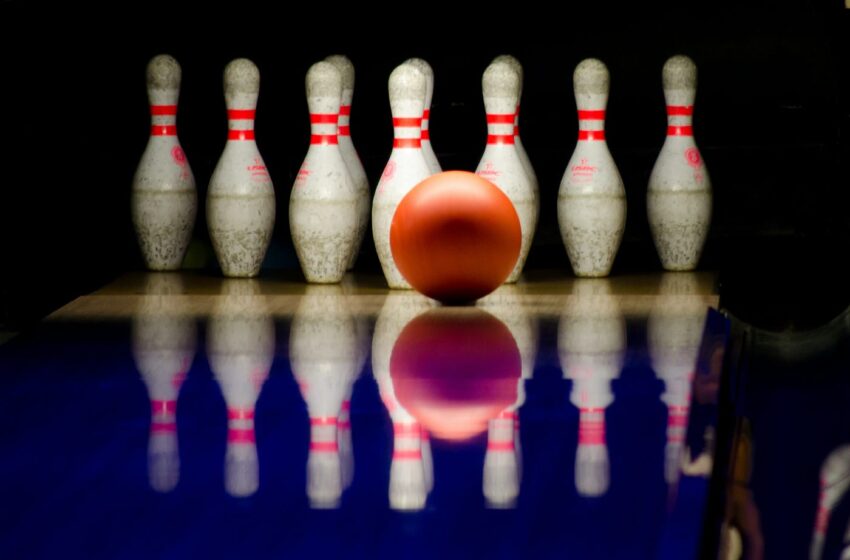How to Play 10 Pin Bowling: A Comprehensive Guide

Bowling ball is the primary equipment utilized in 10 pin bowling. It is typically made of urethane, plastic, or reactive sap. Pick a ball that is comfortable to grasp and has an appropriate weight. Most bowling communities give a determination of balls to look over, so you can find the one that suits you best.
Bowling Pins
In 10-pin bowling, ten pins are arranged in a triangular shape at the finish of the bowling lane. The pins are numbered from one to ten. The goal of the game is to wreck as many pins as conceivable with each toss.
Rules of the Game
Scoring
The scoring in 10 pin bowling is based on the number of pins wrecked in each frame. A strike happens when all ten pins are wrecked with the primary toss in a frame. It is a signified score sheet and earns ten focuses in addition to the total of the following two tosses.
A spare happens when all ten pins are wrecked inside two tosses in a frame. It is meant by the score sheet and earns ten focuses in addition to the total of the following toss.
A miss or an open frame happens when pins are left standing after two tosses. The score is essentially the number of pins wrecked there.
Etiquette
Bowling has its arrangement of etiquette to guarantee a smooth and enjoyable experience for all players. Some normal bowling etiquette incorporates:
Techniques and Strategies
Stance
To start your approach, stand at the back of the approach area with your bowling ball in hand. Position your feet shoulder-width apart, with your bowling-side foot somewhat ahead of the other. Maintain a relaxed and balanced act.
Approach
In the approach phase, take a couple of steps toward the foul line, leading with your non-bowling-side foot. The quantity of advances you take relies upon your personal inclination and solace level. Maintain a smooth and reliable pace as you approach the foul line.
Release
As you near the foul line, prepare to release the ball. Expand your bowling arm forward, keeping it straight however relaxed. Utilize a smooth movement to release the ball, allowing it to move flawlessly off your fingers. Aim for the pins, zeroing in on your target.
Basic Techniques
- Straight Ball: For novices, a straight toss is a typical procedure. Hold the ball with your fingers embedded up to the principal knuckle. Roll the ball straight toward the pins, zeroing in on accuracy and consistency.
- Hook Ball: As you progress, you may want to learn the hook ball method. Embed your fingers into the ball up to the subsequent knuckle. Utilize a slight rotation of the wrist and fingers during release, causing the ball to bend or hook toward the pins. This strategy can increase pin carry and offer more pin action.